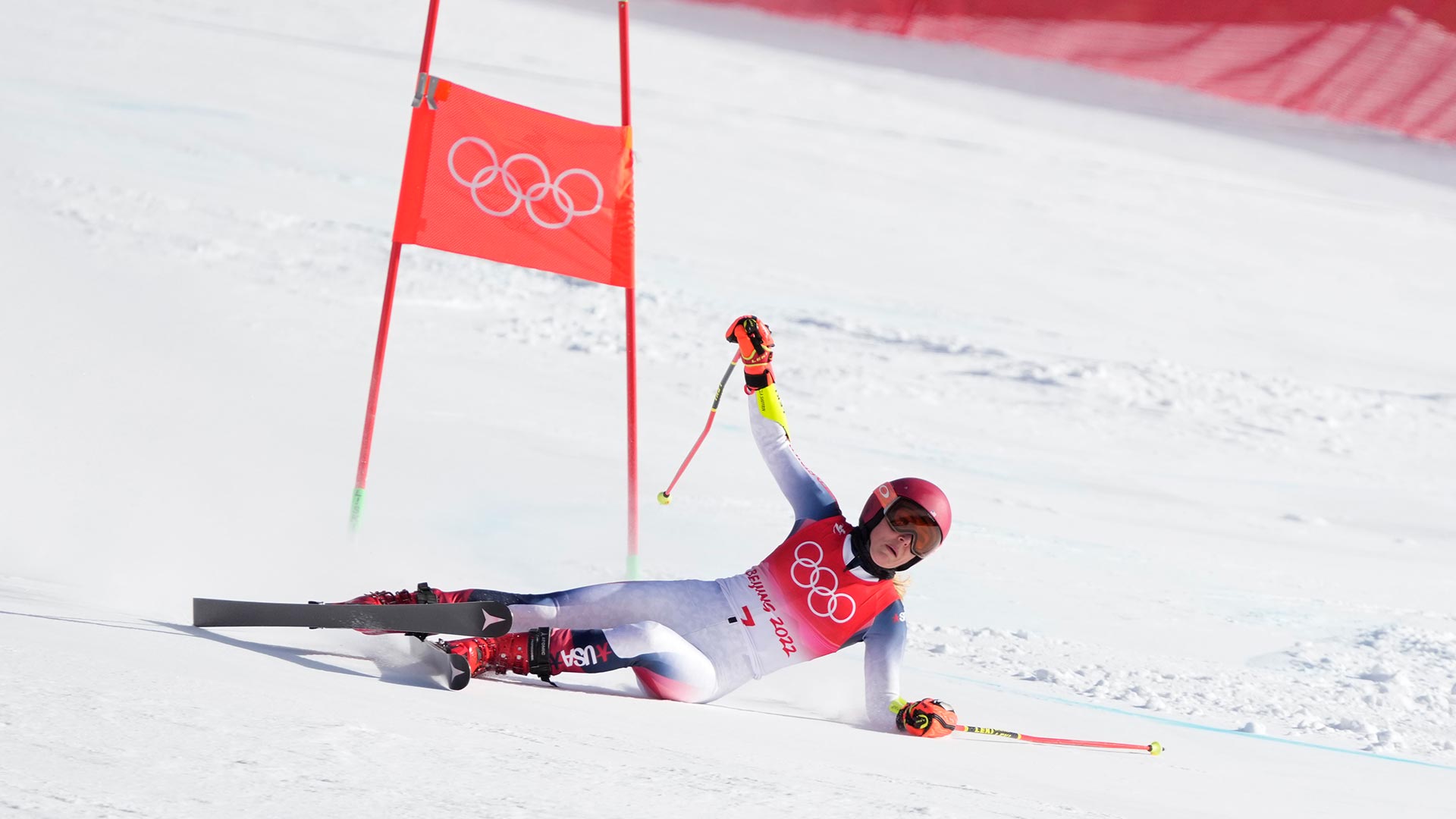Athletes at the Winter Olympics make high-flying, death-defying moves look effortless. But with little margin for error, the jumps and spins they're performing are often at least as risky as they appear.
Several athletes have already sustained injuries at the 2022 Winter Olympics in Beijing: Alpine skier Nina O’Brien broke her leg, hockey player Brianna Decker was stretchered off the ice and speed skater Park Jang-hyuk injured his hand.
According to a study by the International Olympic Committee, about 12% of almost 3,000 athletes participating in the 2018 Winter Games in PyeongChang sustained at least one injury.
Get South Florida local news, weather forecasts and entertainment stories to your inbox. Sign up for NBC South Florida newsletters.
Injuries in the Winter Olympics are not uncommon, but which events carry the highest risk?
Ski halfpipe was found to be the most dangerous, with 28% of athletes injured in 2018, according to the IOC study. Snowboard cross was the second-most dangerous, with 26% of athletes injured.
Ski cross came next at 25%, with snowboard slopestyle at 21% and freestyle skiing aerials at 20%.
Most of those injuries came from falls and crashes after aerial maneuvers. The most common severe injuries were fractures, as well as ligament ruptures and sprains.
More 2022 Winter Olympics Coverage:
The most commonly injured locations were the knee, ankle, hand/fingers and lower back.
Nordic combined, biathlon, snowboard slalom, moguls and cross-country skiing had the fewest injuries.
In the PyeongChang Games, 33% of the injuries were estimated to result in time loss from competition or training of at least a day. In Sochi in 2014, 39% of injuries were estimated to result in time loss, while in Vancouver in 2010 the figure was 23%.
Athletes in PyeongChang incurred fewer injuries of higher severity (13% of the injuries estimated to result in an absence greater than 7 days) compared with athletes in Sochi 2014 and Vancouver 2010 (16% and 17%, respectively).
In the history of the Olympics, there were two recorded deaths during competition, both from heat stroke during Summer Games.
And at the 2010 Games, Georgian luger Nodar Kumaritashvili died during a training run after his sled flew off the track.




